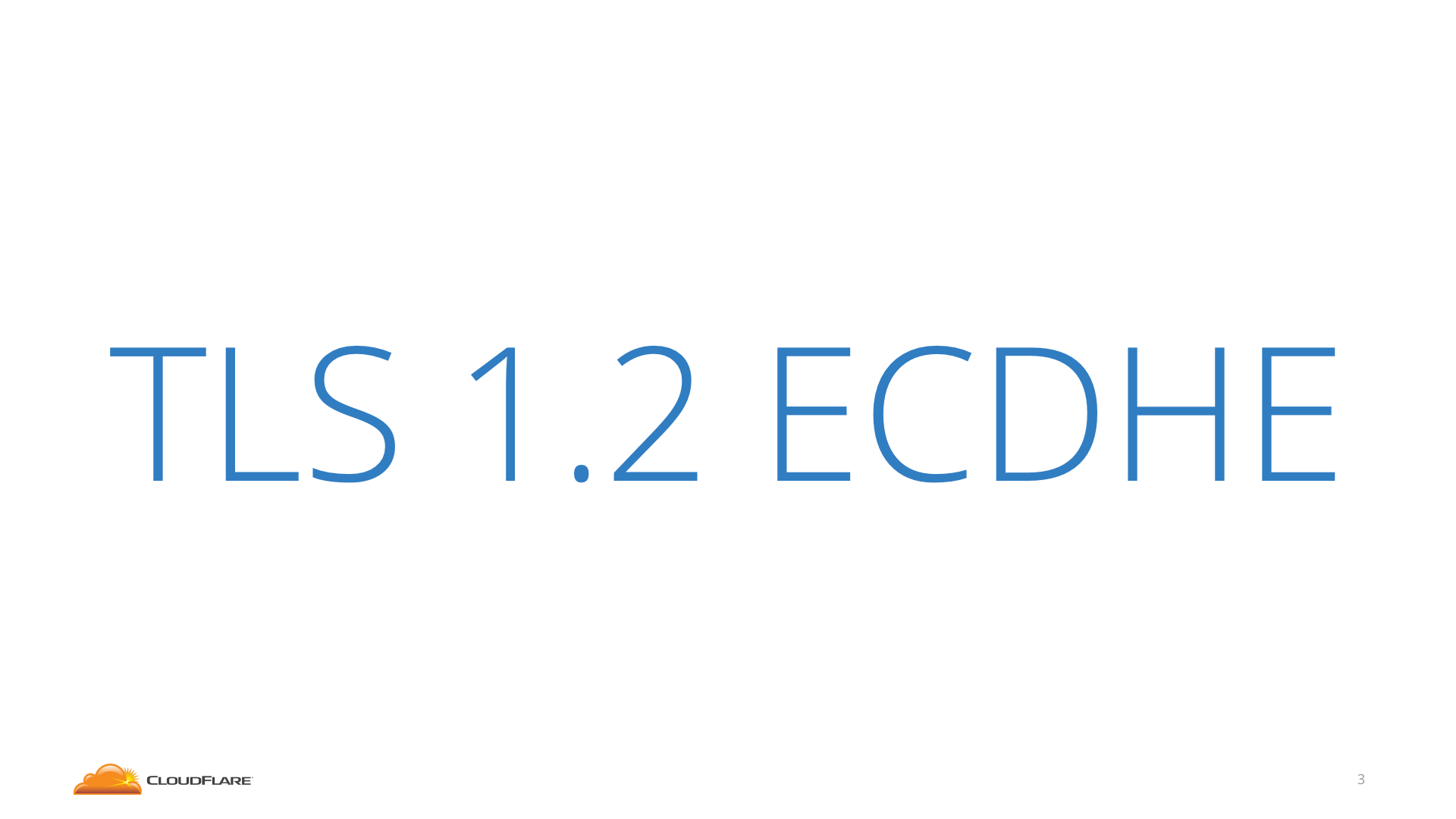An overview of TLS 1.3 and Q&A
The CloudFlare London office hosts weekly internal Tech Talks (with free lunch picked by the speaker). My recent one was an explanation of the latest version of TLS, 1.3, how it works and why it's faster and safer.
You can watch the complete talk below or just read my summarized transcript.
The Q&A session is open! Send us your questions about TLS 1.3 at [email protected] or leave them in the Disqus comments below and I'll answer them in an upcoming blog post.
Summarized transcript

To understand why TLS 1.3 is awesome, we need to take a step back and look at how TLS 1.2 works. In particular we will look at modern TLS 1.2, the kind that a recent browser would use when connecting to the CloudFlare edge.

The client starts by sending a message called the ClientHello that essentially says "hey, I want to speak TLS 1.2, with one of these cipher suites".
The server receives that and answers with a ServerHello that says "sure, let's speak TLS 1.2, and I pick this cipher suite".
Along with that the server sends its key share. The Continue reading
 CT ensures that a new feature is tested at every stage from planning to design.
CT ensures that a new feature is tested at every stage from planning to design.